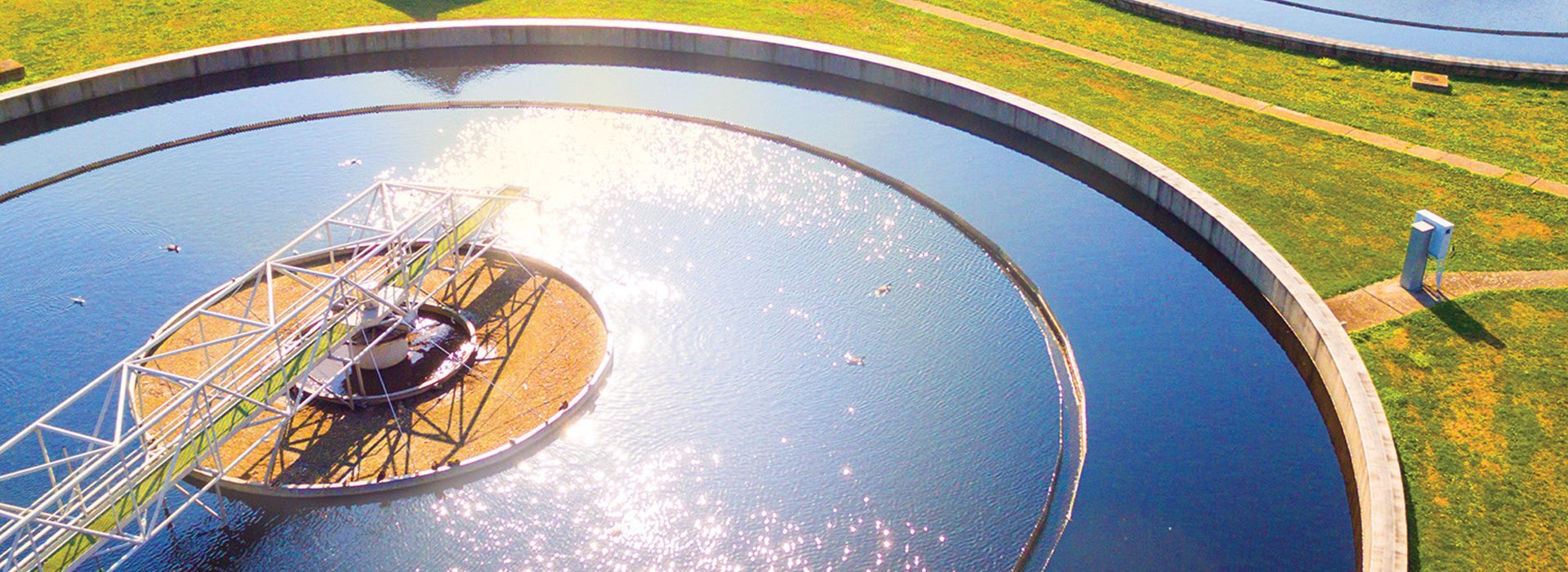Waste Management – A Critical Industry with A Major Impact on Our Planet's Future
Waste generation and management is a global issue and is evolving as a 21st century 'basic human right'. It must be addressed properly, otherwise it presents substantial threats to health, safety, and the environment. The United Nations Environment Programme has stated "how we manage the waste we create is one of the most important contributions humanity can make to reducing its impact on the natural world."

dss+, a global operations management consulting firm, is committed to helping the world meet this challenge. Our experience in the waste and recycling industry sector allows us to see first-hand how these risks impact workers, their communities and organizations, and our environment. We are positioned to deliver benchmark assessments of the vulnerabilities created by these risks, and to help create best-in-class strategies for mitigating and controlling these risks.
As we perform our work in this sector, dss+ has identified five key issues being tackled by leaders in this industry. We welcome your comments and feedback on these issues.
- The Waste & Recycling (W&R) industry fights a constant battle, "Do I work faster… or do I work safely?" The need for speed, efficiency, and customer service has diminished companies’ ability to effectively recognize risk. They have fallen prey to the 'tyranny of OR' and convinced themselves that working safely is just too slow. The industry must embrace the 'synergy of AND' to realize that eliminating risk in the workplace is an extraordinarily effective method for increasing efficiency.
- For financial sponsors investing in, divesting of, or consolidating assets in the W&R industry, a key consideration is the strength and resilience of a company's culture to adapt to increasing demand as the global industry grows at a forecasted CAGR of 4.8%, 2022 ($60.4B)-2030 ($88.0B), and faces increasingly stringent government regulations, while still needing to ensure safe operations. To optimize investment value in this capital and management-intensive industry, a proactive approach to strengthening management and building cultural resilience is required to manage and anticipate safety and environmental risk. This is especially true when considering consolidation, and the potential for varying management performance and cultures across target and portfolio companies and locations. Understanding the cultural strength of an organization today will inform the path forward to effectively managing increased demand and new requirements tomorrow, so that companies can operate safely and effectively.
- Waste management workforces and the public encounter significant vulnerability to serious injury and fatality (SIF) risk. W&R work is the 6th most dangerous occupation in the U.S., with a fatality rate of 33.1 (10X the general industry average). The public (pedestrians, cyclists, motor vehicle operators) is exposed daily to the over-the-road trucks required for collection and transportation of waste. Public, non-worker fatalities surged 18.4% 2020- 2021 in North America. This presents an enormous risk management challenge for all involved parties. Do you know how to measure, monitor, and control your SIF vulnerabilities?
- W&R companies are under increasing scrutiny given the industry's high level of risk exposure for workers, communities, and the environment. Heavy reliance on fossil-fuel burning collection trucks, risks associated with landfill operations - methane gas, leachate collection, traffic control, debris boundaries, visual pollution, and the management of incineration and recycling processes introduce the ongoing potential for reputational, operational, and environmental risks and concerns. Transparency and proactive engagement with communities can facilitate a greater understanding and acceptance of waste and recycling infrastructures, and are essential to mitigating reputational risk. How are you performing in Sustainability and ESG?
- As use of lithium batteries continues to ramp and new Highly Hazardous Chemicals (HHCs) are introduced into the waste lifecycle, there will be an increased risk of fires and other thermal events across that lifecycle – from truck collection to Waste Electrical and Electronic Equipment (WEEE) management, processing, recycling, storage, and disposal facilities. According to a survey conducted by the main electronics recycler's associations across plants in EU in 2019, 36% of 109 respondents reported a severe incident in the 2016-2019 period with an average estimated damage of €190,000. Improper disposal of combustible materials is rampant, leaving industry workforces at risk and companies with no choice but to adapt more robust fire prevention, containment, and response strategies and protocols. Do you have leading edge strategies to address these critical issues and protect your workforce and facilities?